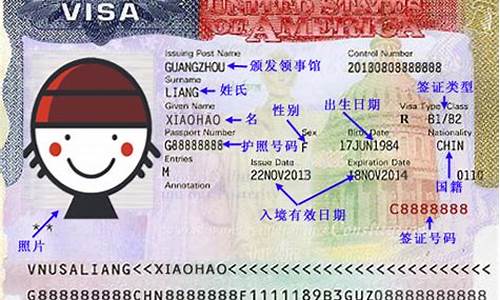摘要:

The visa rejection rate in the United States is a concern for many individuals applying for a visa. This article aims to explore the factors that contribute to the rejection rate and provide insights into the overall situation.
目录:
1. Introduction
2. Reasons for High Visa Rejection Rate
3. Impact on Applicants
4. Efforts to Reduce Rejection Rate
5. Conclusion
1. Introduction
The United States has a reputation for its strict visa policies and high rejection rates. Many individuals aspire to visit or live in the country but face the risk of their visa application being denied. This article aims to analyze whether the visa rejection rate in the United States is indeed high and explore the factors contributing to it.
2. Reasons for High Visa Rejection Rate
There are several reasons why the visa rejection rate in the United States is relatively high compared to other countries. Firstly, the country has stringent security measures in place to protect its borders and ensure national security. This often leads to a more meticulous review of visa applications, resulting in a higher likelihood of rejection.
Another contributing factor is the complexity of the visa application process. The extensive documentation requirements and bureaucratic procedures make it challenging for applicants to meet all the necessary criteria. Small errors or omissions in the application can lead to immediate rejection.
Additionally, the United States receives a significant number of visa applications each year, which further increases the competition and strengthens the criteria for approval. This heavy workload for consular officers may influence their decisions and contribute to a higher rejection rate.
Lastly, the current political climate and diplomatic relationships between the United States and certain countries can also affect the visa rejection rate. In times of strained relations, there may be a more cautious approach towards visa approvals for nationals of those countries.
3. Impact on Applicants
The high visa rejection rate has various impacts on applicants. Firstly, it can be a significant financial burden, as applicants often need to invest in the application process, including fees, documentation, and travel expenses for interviews at the embassy or consulate.
Moreover, the rejection can lead to disappointment, wasted time, and dashed dreams for individuals who had planned to visit or reside in the United States. It can also affect their future travel plans, as repeated rejections may result in a negative record, further reducing their chances of obtaining a visa in the future.
4. Efforts to Reduce Rejection Rate
The United States government has implemented various measures to reduce the visa rejection rate and facilitate a smoother application process. These include providing clearer guidelines and instructions for applicants, streamlining the application procedures, and enhancing communication channels with applicants to address any concerns or questions they may have.
Furthermore, diplomatic efforts aimed at improving international relations and promoting mutual understanding can positively impact the visa approval process. When diplomatic relations improve, the visa rejection rate may decrease, resulting in a more favorable environment for applicants.
5. Conclusion
While the visa rejection rate in the United States may be relatively high, it is essential to understand the reasons behind it and the impact it has on applicants. By addressing the factors that contribute to the rejection rate and implementing measures to streamline the application process, there is potential to create a more favorable environment for individuals applying for visas to the United States.
总结
In conclusion, the visa rejection rate in the United States is influenced by various factors such as security concerns, complex application procedures, high application volumes, and diplomatic relationships. This rejection rate has significant implications for applicants in terms of financial burden and dashed dreams. However, efforts are being made to reduce the rejection rate through clearer guidelines and improved communication. It is crucial to understand the overall situation and work towards creating a more favorable visa application process.








